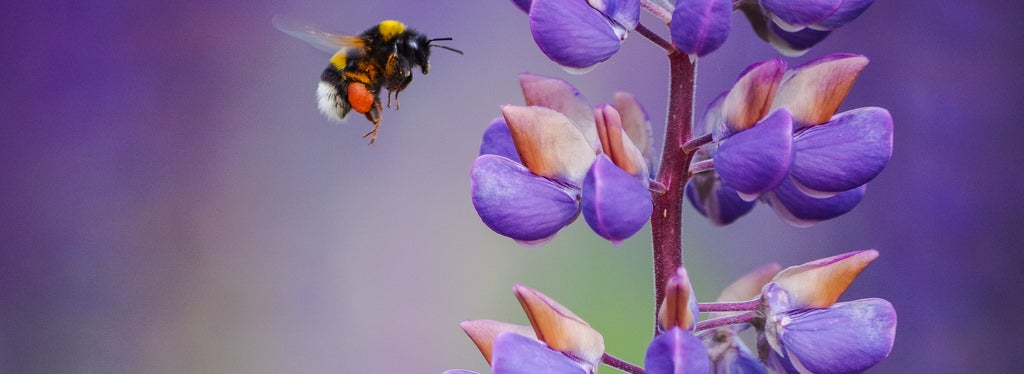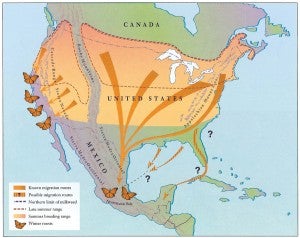
The rusty patched bumblebee was listed as an endangered species in early 2017. [Photo credit]
Pollinators all over the world are experiencing dramatic declines in populations, with about 40 percent of all invertebrate pollinator species facing a very real threat of extinction. Just last October, several species of bees were added to the U.S. Endangered Species List for the first time. Monarch butterfly populations also face the potential threat of a future listing, with populations down by more than 90 percent in recent decades.
These stats are concerning because pollinator health is a strong indicator of an ecosystem’s overall health. Pollinator decline directly correlates with habitat loss, decreased plant diversity, and increased disease in the ecosystem.
This problem cannot be solved by any one sector. Restoration of pollinator habitats will require significant investment and collaboration between both public and private sectors – especially businesses with bottom lines directly tied to pollinator success. Read More










